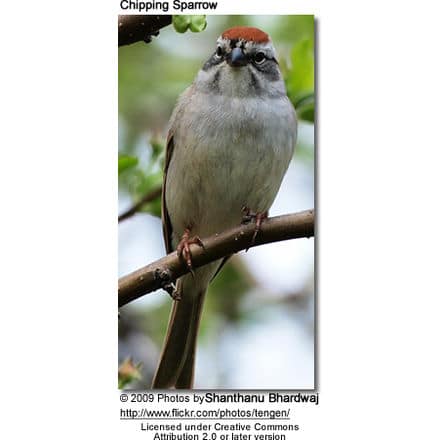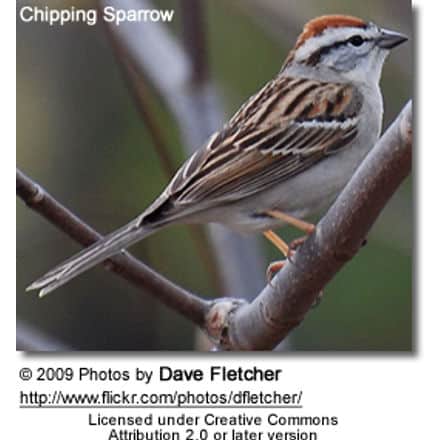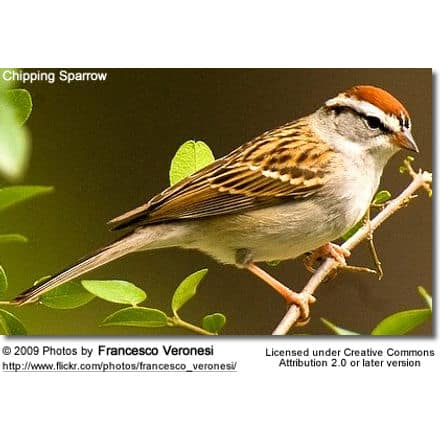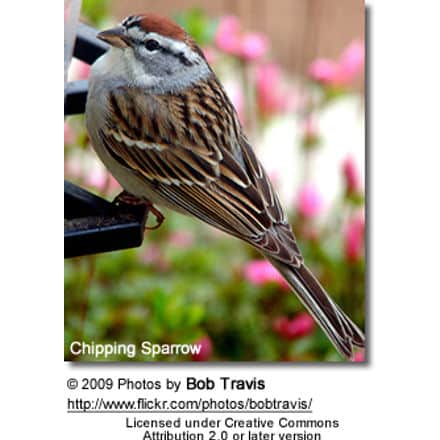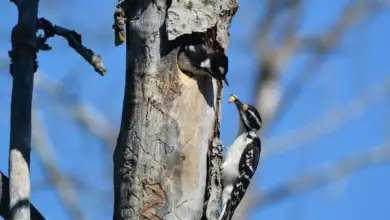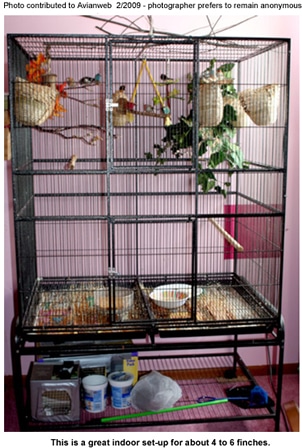Chipping Sparrows
The Chipping Sparrows (Spizella passerina) are widespread across most of their North American range. These sparrows often visit gardens and can grow quite confiding.
Recognized Subspecies and Ranges
-
- Eastern Chipping Sparrows (Spizella passerina passerina – Bechstein, 1798) – Nominate Race
- Breed in northern Minnesota, northern Michigan, and southeastern Canada (central Ontario and south Quebec east to southwestern Newfoundland), south to Oklahoma, southeastern Texas, central Louisiana, southern Mississippi, northwestern Florida, central Georgia, and southeastern South Carolina.
- They winter from Oklahoma and Arkansas east to Virginia and Maryland south to southern Florida, the Gulf Coast, and northeastern Mexico (Nuevo León and Tamaulipas).
- Eastern Chipping Sparrows (Spizella passerina passerina – Bechstein, 1798) – Nominate Race
- Western Chipping Sparrows (Spizella passerina arizonae – Coues, 1872 ) – Found in the mountains and arid habitats of western North America.
- They breed in eastern Alaska, and western and central Canada (from western Yukon and central Mackenzie east to northern Saskatchewan, northern Manitoba, and western Ontario). They also breed in the western USA east to western and central Texas, and south to Mexico (northern Baja California, northwestern Sonora, southwestern Chihuahua, Durango, and Coahuila.
- They winter in southwestern USA (central California, southern Nevada, central and southeastern Arizona, central New Mexico, and central Texas), south to Baja California, and highlands of Mexico (south to Oaxaca)
- Another race “boreophila” from Fort Simpson, Mackenzie, in Canada, is considered a synonym of arizonae.
-
- Spizella passerina atremaea – R. T. Moore, 1937
- Range: Western Mexico in the Sierra Madre Occidental from southern Chihuahua and southern Durango east to central Nuevo León and south to Aguascalientes and northeastern Jalisco.
- Spizella passerina atremaea – R. T. Moore, 1937
-
- Spizella passerina mexicana – Nelson, 1899
- Range: Found in the highlands of central and southern Mexico from Nayarit, north-central Jalisco, Guanajuato, San Luis Potosí, Hidalgo, and eastern Veracruz south to Chiapas and northwestern Guatemala.
- Spizella passerina mexicana – Nelson, 1899
- Spizella passerina pinetorum – Salvin, 1863
- Range: Northeastern Guatemala (eastern Petén), Belize, Honduras, northern El Salvador and northeastern Nicaragua
Description
Outside the breeding season, adults have a brownish cap, an orangey-rust upper plumage, and are grey below. The plumage is less prominently marked. They have dusky eyebrows and dark eyelashes.
When breeding, they have a nearly white supercilium (line above each eye), and a black trans-ocular line (running through the eye).
Juveniles are prominently streaked below. They have dark eyelids, extending both in front of and behind the eyes. The brownish cap and dusky eyebrows are variable but generally not as defined in young birds.
Adult Chipping Sparrows go through two molts a year – in late summer and late winter. Juveniles undergo three molts in their first year – referred to as the first plumage cycle.
Distribution / Range
Chipping Sparrows are partially migratory and move south for the winter. Flocks of them typically travel at night; and during their spring and fall migrations, their flight calls are characteristic night sounds in the United States. Outside the breeding season, they are usually found in flocks with other Chipping Sparrows or with other species, such as Eastern Bluebirds and Pine Warblers.
Breeding Range:
Usually arrive in their breeding territories in March through May.
In eastern North America, Chipping Sparrows typically nest in woodlands, agricultural lands, as well as suburban and urban areas.
In western North America, they prefer conifer forests for breeding.
Wintering Range:
They migrate to the southern United States and Mexico for the winter.
Breeding / Nesting
Most breeding activities have been observed between late April to May. Upon arrival in the breeding range, males establish territories from which they sing to attract females.
Calls / Vocalizations
Their songs vary by region. They produce both fast and slow trills. The individual elements in the trill are very similar to a high pitch “chi chi chi” call. During the breeding season, the male’s trilled songs can easily be heard.
Diet / Feeding
Chipping Sparrows typically forage on the ground, often in loose flocks.
They mostly feed on seeds; and researchers in Arizona researchers found that they eat seeds every few seconds, consuming more than 2 pounds of seed – which is 70 times their body weight.
They will visit local bird feeders but are generally shy when other birds are present.
They also take insects, green foods (grasses), and buds.
Species Research by Sibylle Johnson
Please Note: The articles or images on this page are the sole property of the authors or photographers. Please contact them directly with respect to any copyright or licensing questions. Thank you.


